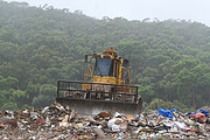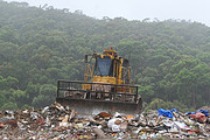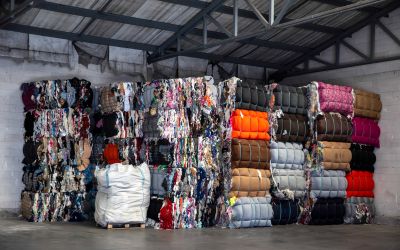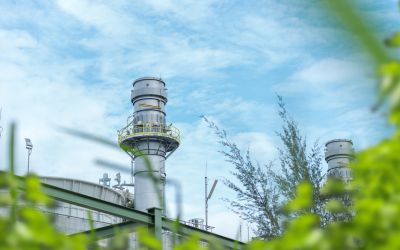Industry sees cost benefit to reducing waste gypsum sent to landfill
Waste gypsum - used in manufacturing plasterboard and plaster of Paris - has been reduced for the third year running, according to the third annual Ashdown Agreement report.

 Waste gypsum - used in manufacturing plasterboard and plaster of Paris - has been reduced for the third year running, according to a new report by a leading waste reduction group.
Waste gypsum - used in manufacturing plasterboard and plaster of Paris - has been reduced for the third year running, according to a new report by a leading waste reduction group.
The third annual report into waste has seen a significant reduction in gypsum landfilled from the manufacture of plasterboard, which is mostly used in the construction industry. Targets of a reduction to 10,000 tonnes by March 2010 were surpassed, with reductions down to just 504 tonnes being recorded.
The Ashdown Agreement, formed in 2007 by Waste and Resources Action Programme (WRAP) and the Gypsum Products Development Association (GPDA), dealt with the need to find an effective solution to the 300,000 tonnes of waste plasterboard that ends up in landfill sites.
Gypsum, a very soft mineral composed of calcium sulfate dihydrat, used in manufacturing plasterboard and plaster of Paris, as well as fertiliser and cement, was re-classified an non-hazardous, non-inert waste in 2005.
This followed concerns that when mixed with biodegradable waste, products with a high sulphate content, such as gypsum, can produce a hydrogen sulphide gas, which is highly toxic and flammable.
The Environment Agency said: “The relationship between the amount of sulphate in waste and the production of hydrogen sulphide gas is complex. Therefore we cannot set an acceptable limit below which gypsum can be deposited with biodegradable waste without creating this gas.”
The new report noted reductions made in all four target areas detailed in the Ashdown Agreement, 2007; engaging with stakeholders, including the government and the Environment Agency; to reduce waste being sent to landfill; to increase recycling and re-use; and to work towards zero plasterboard waste.
Mike Falconer Hall, programme manager in materials recycling at WRAP said: “The Ashdown report shows the good progress the gypsum industry is making in tackling waste. Given the difficult economic situation and the effect this has had on construction, businesses are focusing on the cost as well as the environmental benefits of waste reduction and recycling.”
In a study from NetRegs, an environmental regulations advisory group, found that businesses could save an average of 4-5 per cent of their turnover by limiting the waste they send to landfill, a scheme taken up by companies like United Biscuits, PepsiCo and InterfaceFLOR.
GPDA estimates that the UK gypsum industry directly employs 2,500 people with over 20,000 indirectly employed. Crispin Dunn-Meynell, from GPDA said: “The gypsum industry is dedicated to improving its sustainable performance. Committing to the Ashdown targets gives an impetus to the manufacturers.”
Image: Nicolas Boullasa | flickr



_400_250_80_s_c1.jpg)


